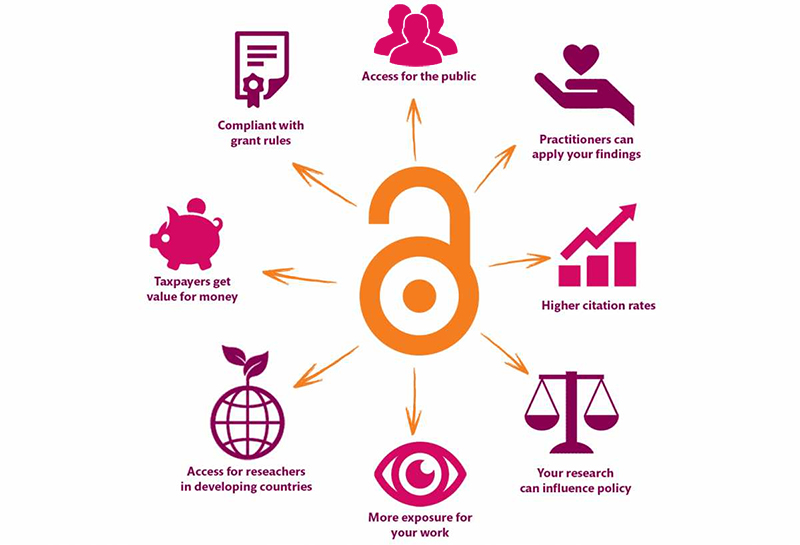

Open Access is the free, immediate, online availability of research articles combined with the rights to use these articles fully in the digital environment. Open Access is the needed modern update for the communication of research that fully utilizes the Internet for what it was originally built to do—accelerate research. (Defined by SPARC*)
 |
Why Open Access?
|
Some barriers
Short explainer videos
Myths about Open Access (UMN Libraries)
University-wide policy on Open Access to Scholarly Articles that took effect in January of 2015.
FAQ Open Access to Scholarly Articles
 Administrative Policy for Open Access to Scholarly Articles
Administrative Policy for Open Access to Scholarly Articles